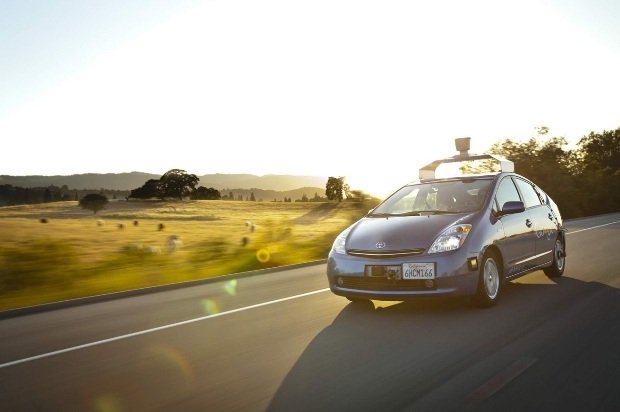Jonathan Petit, security researcher at Security Innovation, Inc., has revealed he can easily fool the LiDAR sensors on any self-driving car to slow down or abruptly stop by sending it a simple laser pulse.
LiDAR stands for Light Detection and Ranging and is a sensing technology that can measure the distance of an object by sending a laser pulse at it and recording the amount of reflected light.
This kind of technology costs in the realm of tens of thousands and even Google is known to be using a $70,000 / €62,800 LiDAR sensing unit on its self-driving car fleet.
A homemade electronics kit can confuse enterprise-level laser sensors
According to interviews for SAE International – Automotive Engineering Magazine and IEEE Spectrum about his upcoming talk at the Black Hat Europe 2015 security conference, Jonathan Petit said he was able to disrupt the normal operation of this kind of sensing units using a home-made electronics kit worth around $60 / €53.8.
Using off-the-shelf components like basic light-emitting lasers and Arduino boards, Mr. Petit was able to put together a kit which would allow him to force feed data to a self-driving car’s sensors.

Using this method, he was able to give a self-driving car fake inputs, making it believe it was about to hit an object.
Since the LiDAR sensing toolkit provides the car’s computer with data about its surrounding environment, if an attacker would manage to give the car false signals about nonexistent obstacles, he could easily make it slow down or even stop.
The hack works at distances up to 100 meters / 330 feet
According to Petit’s statements, the attack works at distances of up to 100 meters, and can make the self-driving car believe it has objects around at distances ranging from 20 to 350 meters.
Mr. Petit did not say which self-driving cars were vulnerable, just that the LiDAR system is. Basically, without pointing fingers, you can easily look up technical details and see that Google, Apple, Mercedes, Ford, and Toyota’s self-driving vehicles are using these kinds of sensing units. We will continue to check for more details and update the list of autonomous cars that use LiDAR sensors.
Mr. Petit has previously presented his paper “Revisiting Attacker Model for Smart Vehicles” at the IEEE 6th International Symposium on Wireless Vehicular Communications (WiVeC)that was held in Vancouver, Canada in September 2014. The paper is not yet available for download, but access can be purchased via the IEEE website.
Source:https://news.softpedia.com/

He is a well-known expert in mobile security and malware analysis. He studied Computer Science at NYU and started working as a cyber security analyst in 2003. He is actively working as an anti-malware expert. He also worked for security companies like Kaspersky Lab. His everyday job includes researching about new malware and cyber security incidents. Also he has deep level of knowledge in mobile security and mobile vulnerabilities.











